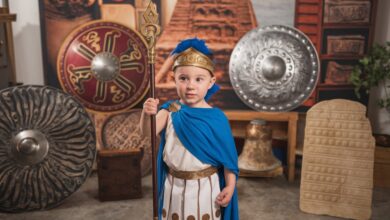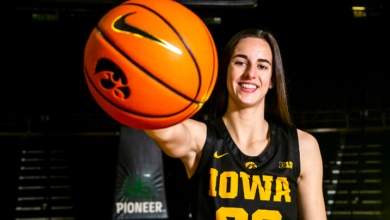Everything You Need to Know About the Chicago Police Car
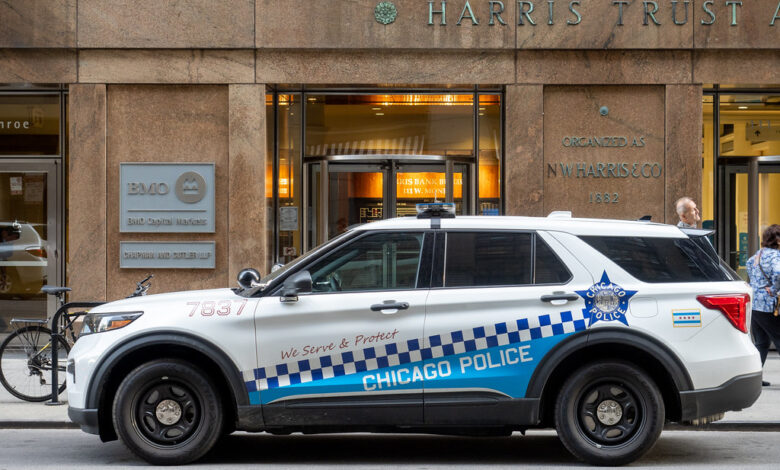
A Chicago police car is one of the most iconic vehicles in the city. You can spot these cars patrolling the streets, keeping neighborhoods safe. Chicago police cars come in different types, from regular squad cars to special SUVs and even larger vehicles for crowd control. These cars are more than just transportation – they are an important part of how the police serve and protect the people of Chicago.
In this blog post, we will dive into what makes a Chicago police car special, the different kinds you might see, and how these cars help officers do their jobs. If you’ve ever wondered why police cars look the way they do or how they are used during big events, this is the place to learn more!
What Makes a Chicago Police Car Unique?
A Chicago police car is not just any car you see on the road. These cars are specifically designed for the police to perform their job in the city. They have special features that make them stand out. For example, the police car is often equipped with sirens, lights, and even radios to help officers communicate while driving. These features are very important during emergencies when police need to respond quickly.
Chicago police cars are also designed to be very durable. They need to drive fast, make quick turns, and even keep up with high-speed chases. With strong engines and tough frames, these cars can handle rough conditions and still keep officers safe. Every feature is added with safety and performance in mind.
Why Are They Different from Regular Cars?
- They have stronger engines for quick responses.
- Special lights and sirens to help with traffic.
- Equipped with tools like radios and computers for communication.
- Designed for tough conditions and fast driving.
The Different Types of Chicago Police Cars You Might See
In Chicago, you won’t just see one type of police car. There are actually different kinds of Chicago police cars designed for different situations. Most common are the regular squad cars. These are the typical police cars you might see patrolling the streets. But there are also special SUVs and vans that the police use for more heavy-duty tasks.
For example, during major events or large crowds, Chicago police might use larger vehicles like command vans or buses. These vehicles can carry more officers and equipment. They help manage large crowds safely and keep an eye on everything happening in a big event.
Types of Chicago Police Cars You Might See:
- Squad Cars: Regular patrol cars used for daily duties.
- SUVs: Larger vehicles for special situations like crowd control.
- Vans: Used for transporting many officers or equipment.
- Motorcycles: For officers who need to navigate through traffic quickly.
How Chicago Police Cars Help Keep the City Safe
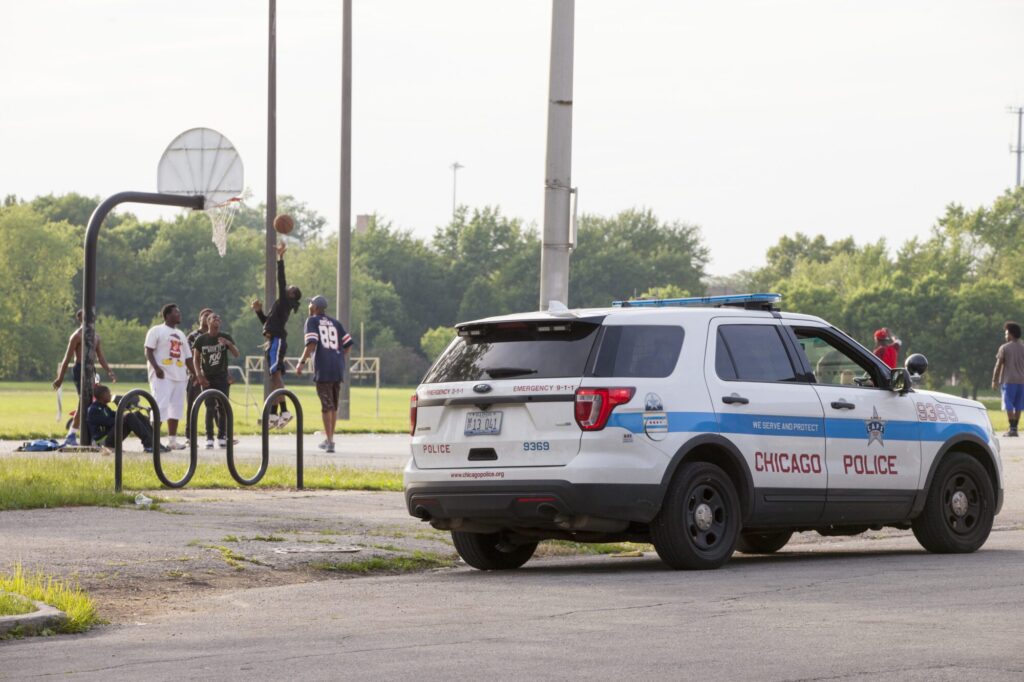
Every Chicago police car plays a key role in making sure the city stays safe. These cars are not just for getting officers from one place to another. They also carry important equipment that helps police respond to crimes, accidents, and other emergencies. Inside the car, officers can have their computers to check for information about suspects or report incidents.
When there’s an emergency, the police car’s lights and sirens can help clear the way and alert drivers. This helps the officers get to where they are needed faster. It also warns people to move out of the way so the police can do their job without delay.
How Do Police Cars Help in Emergencies?
- Lights and sirens: Let others know about emergencies and help clear the road.
- Radios and computers: Help officers gather information quickly.
- Special equipment: Used to handle crimes, accidents, and other incidents.
Behind the Wheel: What’s Inside a Chicago Police Car?
A Chicago police car isn’t just a place to sit while driving around. It’s equipped with all kinds of technology and tools that help officers do their job well. Inside, there are computers that let officers access important information, like criminal records or vehicle registrations. There’s also a radio system that lets officers communicate with other police officers and dispatch.
Police cars also have emergency medical kits, flashlights, and even protective gear. These tools help officers stay safe and ready for whatever situation might come up. They can quickly grab what they need without leaving their car.
What’s Inside a Police Car?
- Computer systems: For accessing information and sending reports.
- Radios: To communicate with other officers and dispatch.
- Medical kits: For helping injured people.
- Safety gear: Includes bulletproof vests, flashlights, and first-aid kits.
The History of the Chicago Police Car
The story of the Chicago police car begins a long time ago, when the police department first used cars to patrol the streets. Before that, officers used horses to get around the city. The first police cars were much simpler than the modern vehicles today. They didn’t have all the fancy equipment, but they were still able to get officers where they were needed.
Over time, as technology improved, so did the Chicago police car. Today, these cars are faster, safer, and more capable of handling the challenges of city life. They’ve also become a symbol of law and order, representing the safety that police officers provide for Chicago’s residents.
How Has the Police Car Changed Over Time?
- Early cars were slow and simple, without many tools.
- As technology advanced, police cars got faster and safer.
- Today’s cars have many high-tech features to help officers do their jobs better.
Chicago Police Car and Their Role in Major Events
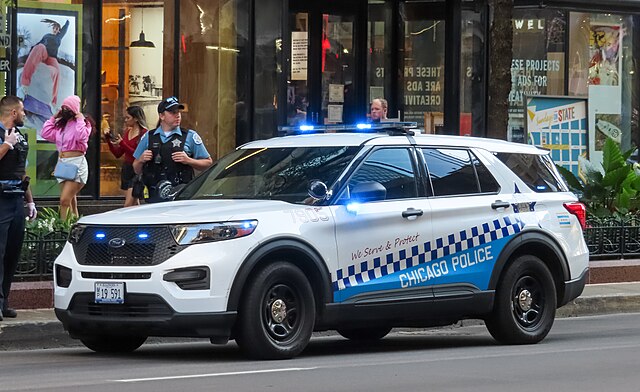
During big events like sports games or parades, Chicago police cars play a huge role in ensuring everything goes smoothly. They help manage crowds, monitor for any signs of trouble, and keep watch over important locations. The police often set up special areas for monitoring large groups of people, and the police cars are ready to respond if anything goes wrong.
Having enough police cars during major events is essential. They are used to create a presence, letting the crowd know that the police are watching and ready to act if needed. These cars are also helpful in moving officers around quickly to where they are most needed.
The Role of Police Cars During Major Events:
- Crowd management: Help police monitor large crowds and keep them safe.
- Rapid response: Allow officers to reach any problem area quickly.
- Security presence: Show the public that police are in control and ready to help.
Conclusion:
Chicago police cars are an important part of keeping the city safe. They are designed to handle tough situations, from high-speed chases to keeping large crowds under control. With all the special tools inside, these cars help officers do their job quickly and safely. Whether it’s a regular patrol car or a special SUV, every vehicle has a role to play in protecting Chicago’s neighborhoods.
These vehicles are not just about getting starting with one spot then onto the next. They help maintain order, respond to emergencies, and keep people safe. Next time you see a Chicago police car, remember that it’s more than just a car – it’s a vital part of law enforcement in the city.
FAQs
A: Chicago police cars have special equipment like sirens, lights, and radios to help officers respond quickly to emergencies.
A: No, there are different types of police cars, including regular squad cars, SUVs, and vans for special tasks.
A: Yes, police cars are equipped with computers that allow officers to access important information while on the go.
A: Police cars have medical kits, safety gear, and other tools to help officers respond to emergencies safely.
A: Police cars help manage crowds, keep watch over important places, and allow officers to respond quickly if needed.


